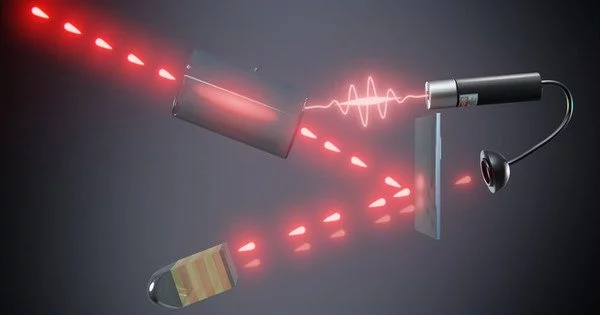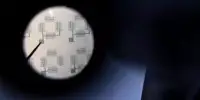With the arrival of spring comes the beginning of the baseball season and a lot of balls soaring through the air in many baseball-obsessed nations like Korea, Japan, and the United States. However, objects other than balls can also be hurled. Scientists have now demonstrated that they can throw and catch individual atoms using light on the smallest field conceivable.
Optical traps, which hold and move tiny objects using a laser beam that is extremely focused, were used to accomplish this remarkable accomplishment. Although individual atoms have previously been moved using optical traps, this is the first instance of an atom being released from one trap—or thrown—and then captured by a different trap.
Jaewook Ahn from the Korea Advanced Institute of Science and Technology is a member of the study team. “The freely flying atoms move from one location to another without being held by or interacting with the optical trap,” he said. In other terms, the atom is thrown and captured between the two optical traps similarly to how a baseball travels between a pitcher and catcher during a game.

The researchers describe how they were able to effectively launch chilled rubidium atoms over 4.2 micrometers at a speed of up to 65 centimeters per second in the journal Optica. Quantum computers, which use quantum physics to tackle problems too complex for conventional computers, could be created using the technology.
The relative locations of qubits, the quantum equivalent of binary bits, could be altered more freely with the help of these kinds of flying atoms, according to Ahn. It could also be used to bring individual atoms into contact with one another, creating a novel area of chemistry known as atom-by-atom chemistry.
How do you catch a flying atom?
The latest work includes arranging atoms into a specific array using optical traps as part of an ongoing quantum computing project. We frequently ran into array defects due to arrangement mistakes, said Ahn. Since moving many atoms could lead to additional defects, “we wanted to discover an effective method to fix a defective array without having to move a large number of atoms.”
The rubidium atoms were cooled to nearly absolute zero (close to 0 K) and optical traps were built with an 800 nm laser to produce free-flying atoms. They accelerate the optical trap containing an atom before turning the trap off to release it. The atom escapes the snare as a result of this. The incoming atom is then captured by another trap and slowed down until it comes to a complete halt.
The experts carried out a series of proof-of-principle experiments to evaluate their methodology. They demonstrated the ability to throw and catch atoms as well as the fact that the atoms were unaffected by other atoms they met while traveling through a stationary optical trap. They produced groups of atoms using their technique as well.
About 94% of the time during the experiments, the scientists were effective in producing free-flying atoms. They are currently adjusting the method to bring achievement rates closer to 100%.















